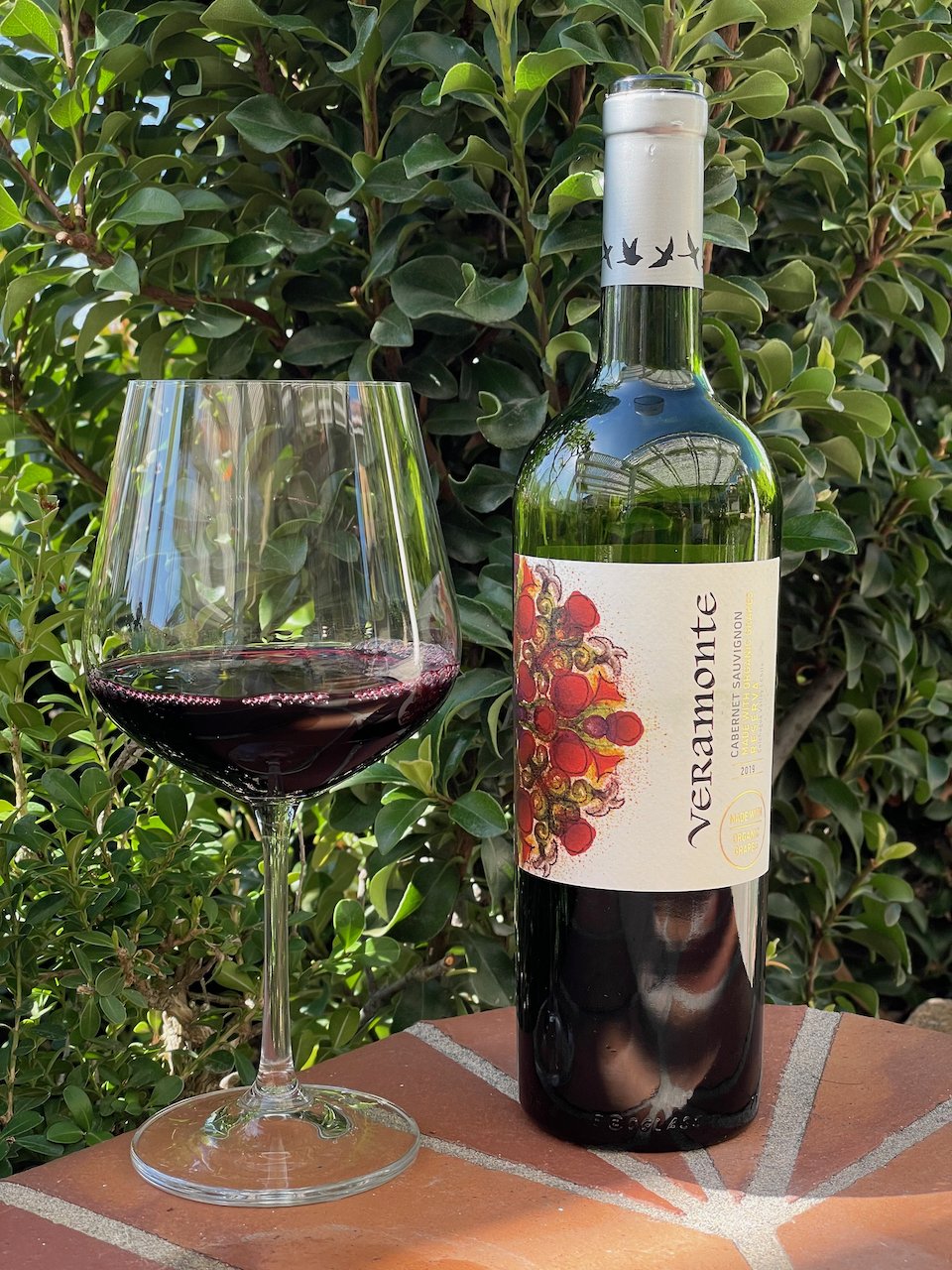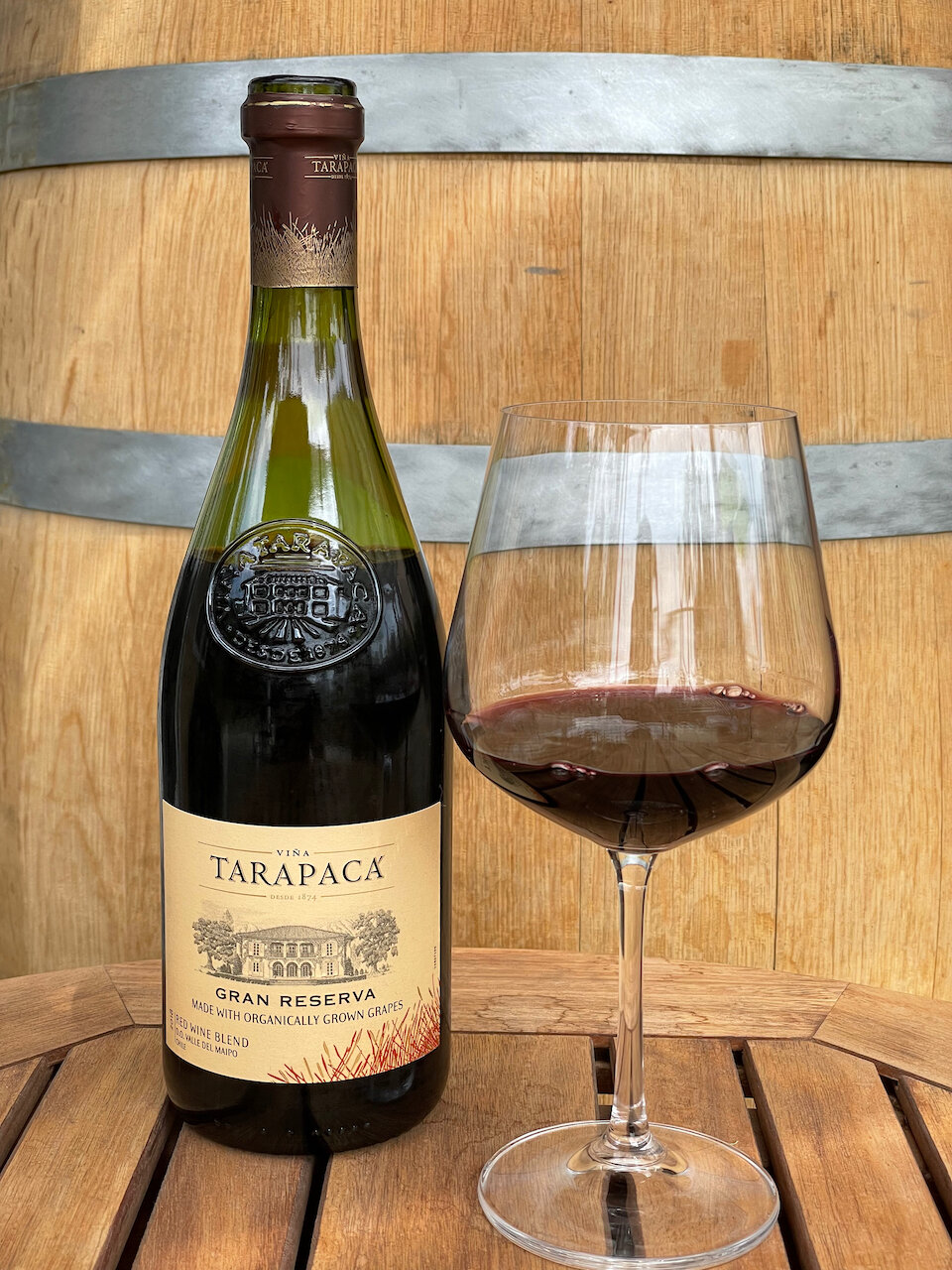2019 Veramonte Cabernet Sauvignon ($11.99)
Here’s another returning favorite from Veramonte which is made with Organic grapes and a really good value.
The Veramonte wines are from organically farmed vineyards in Chile. Veramonte follows organic practices throughout their estate, ensuring optimum conditions for vine growth and that the vineyards are sustainable over time. Living, balanced soil produces quality grapes that express the fullest potential of the terroir.
The 2018 Veramonte Organic Cabernet Sauvignon is produced from 100% Cabernet Sauvignon grapes grown in the Colchagua Valley. It underwent cold maceration for five days in stainless steel tanks and was fermented with native yeasts. After the primary fermentation, the wine is macerated with its skins for another ten days to achieve greater smoothness and intensity of flavor. It was then aged in neutral oak barrels for eight months.
It’s medium-ruby in color with deep, dark fruit aromas. This Cabernet Sauvignon is fruity with flavors of red fruit and sour cherry. And, a great value for a Cabernet Sauvignon!
These Veramonte wines are imported by González Byass USA and distributed nationally. For more information on these wines visit www.GonzalezByassUSA.com Cheers!
Disclosure of Wine Sample Submission: I received this sample at no cost for review. The opinions expressed are entirely my own.
Sample Provided by Donna White Communications










